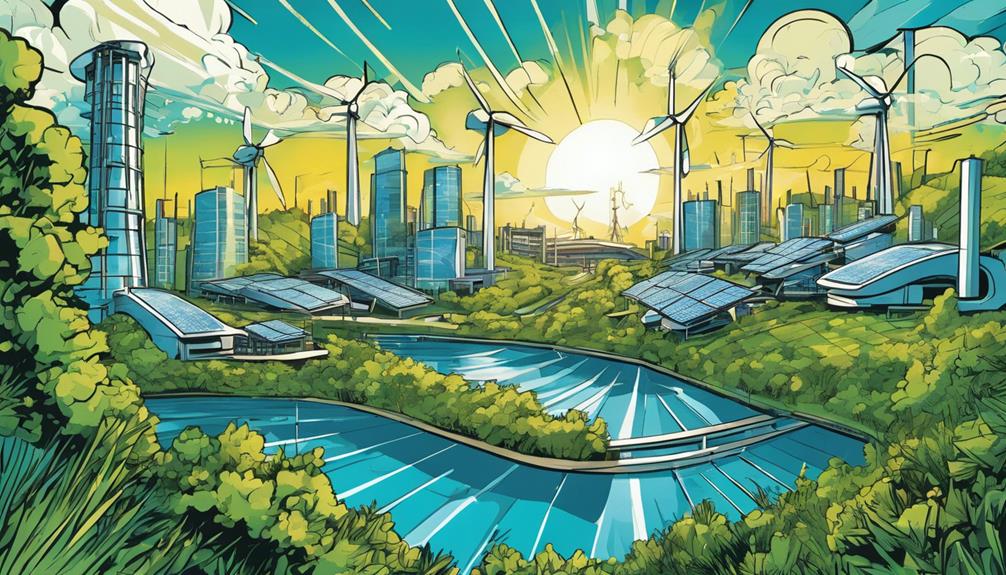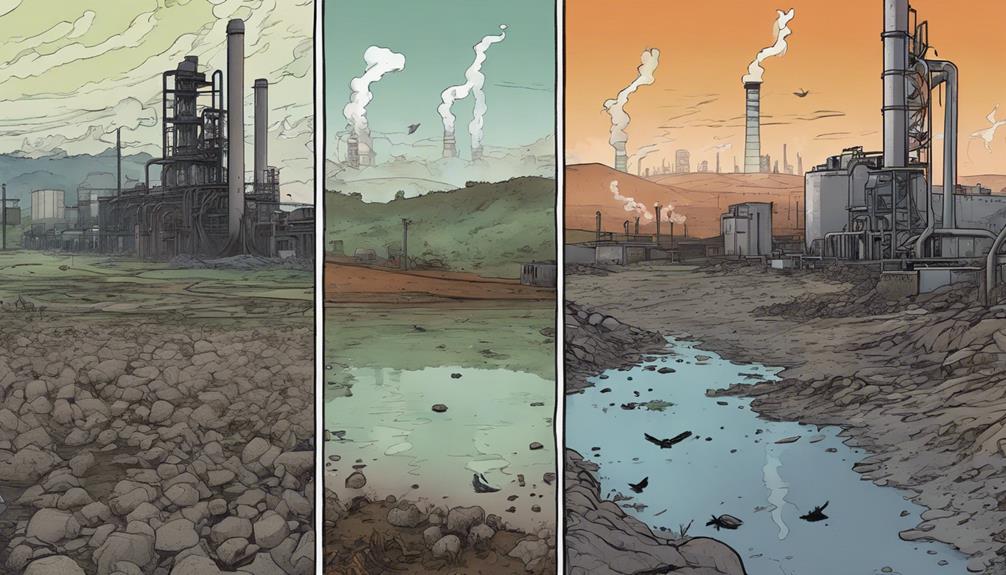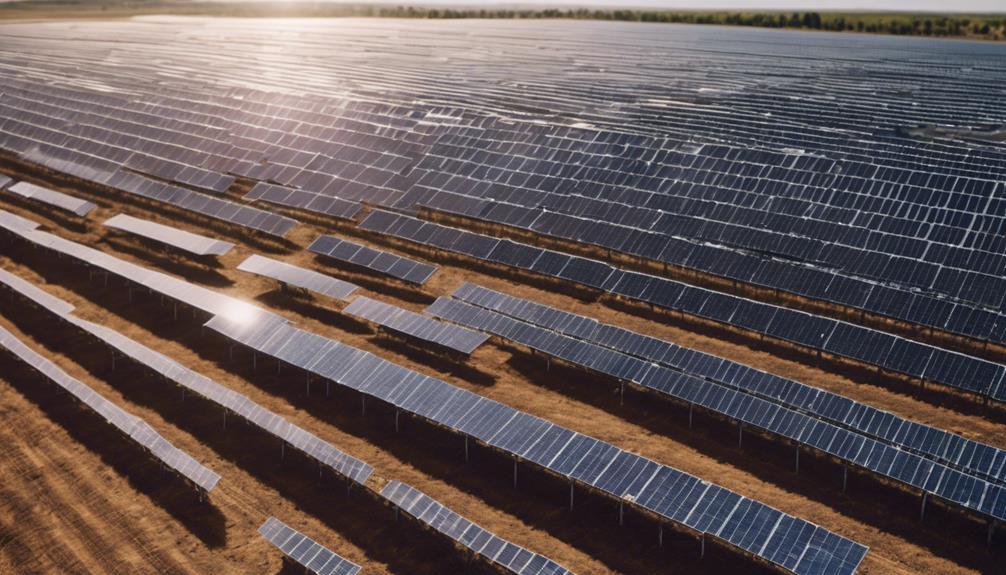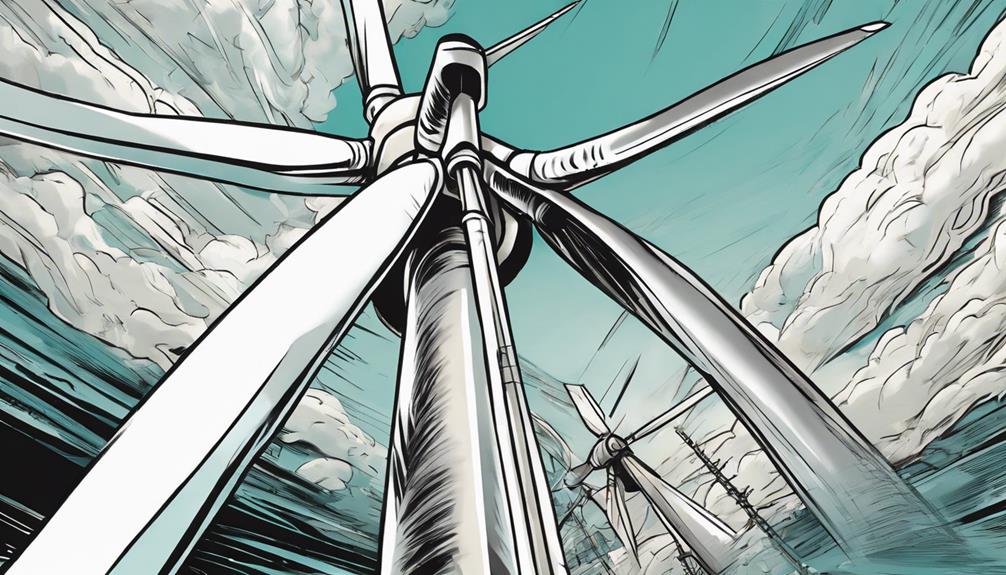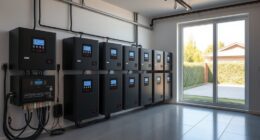We're accessing a treasure trove of benefits by switching to renewable energy Our pocketbooks are pleased with lower operational costs and stable energy prices. We're generating new job opportunities and decreasing our dependence on imported fossil fuels. The environment is flourishing with reduced air pollution, greenhouse gas emissions, and water conservation. We're even cutting carbon emissions and attaining energy independence. And, as a bonus, we're building a more sustainable future with a workforce that's skilled in green energy. As we progress on this path, we'll uncover even more advantages that benefit our planet and our daily lives.
Key Takeaways
- Renewable energy reduces operational costs, creates new job opportunities, and provides stable energy prices due to abundant sunlight and wind.
- It ensures environmental sustainability by reducing air and water pollution, conserving land, and mitigating climate change impacts.
- Renewable energy significantly decreases carbon dioxide emissions, contributing to global climate change efforts and a low-carbon economy.
- It achieves energy independence by reducing reliance on imported fossil fuels, enhancing energy security, and empowering local communities.
- Renewable energy creates a wide range of job opportunities in installation, maintenance, research, and project management, supporting local economies and workforce development.
Economic Advantages Unlocked
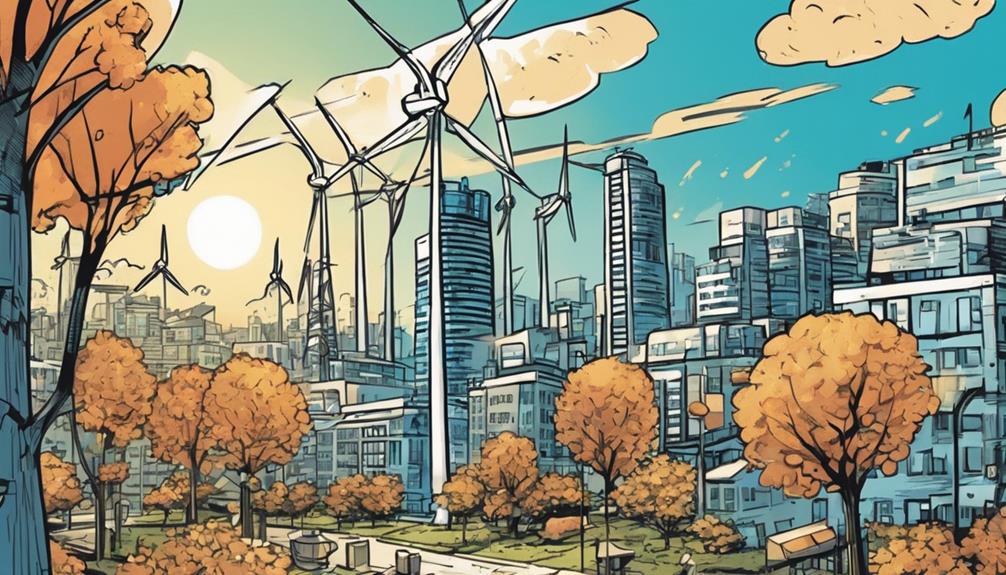
As we shift towards renewable energy sources, we're accessing a treasure trove of economic advantages that will transform the way we power our lives.
Lower operational costs compared to traditional energy sources mean we'll be saving money in the long run.
The renewable energy sector is also creating new job opportunities, which is a welcome boost to local economies.
Additionally, stable energy prices are a result of abundant sunlight and wind, reducing our reliance on imported fossil fuels.
We can even generate revenue by selling excess energy back to the grid.
Environmental Sustainability Ensured
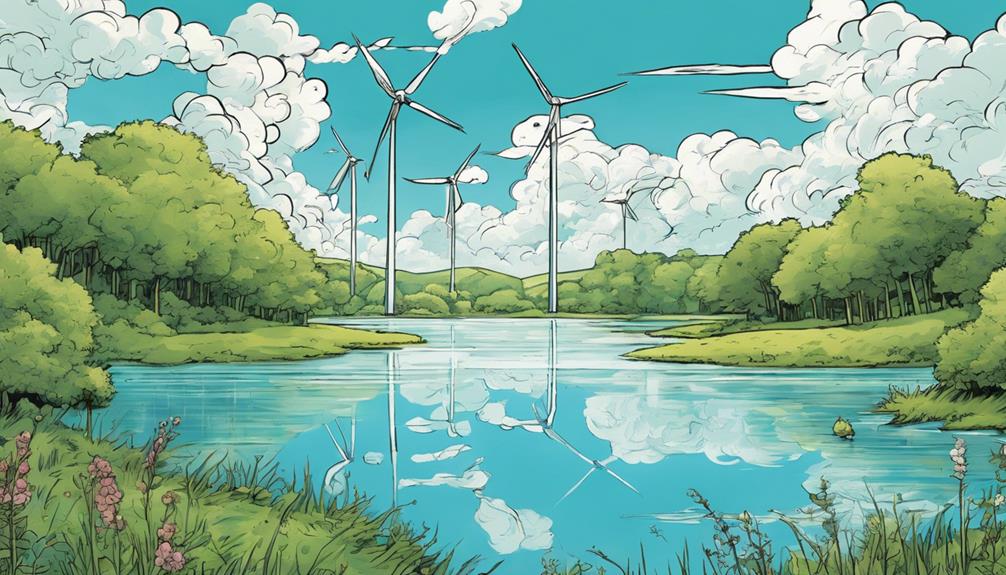
We're significantly reducing air pollution and greenhouse gas emissions by harnessing solar and wind energy, paving the way for a cleaner, healthier environment. The switch to renewable energy is an essential step towards mitigating the devastating impacts of climate change. By conserving natural resources like water and land, we're preserving the delicate balance of our ecosystem.
| Environmental Benefits | Solar Energy | Wind Energy |
|---|---|---|
| Air Pollution Reduction | ||
| Greenhouse Gas Emissions Reduction | ||
| Water Conservation | ||
| Land Conservation |
Carbon Emissions Slashed
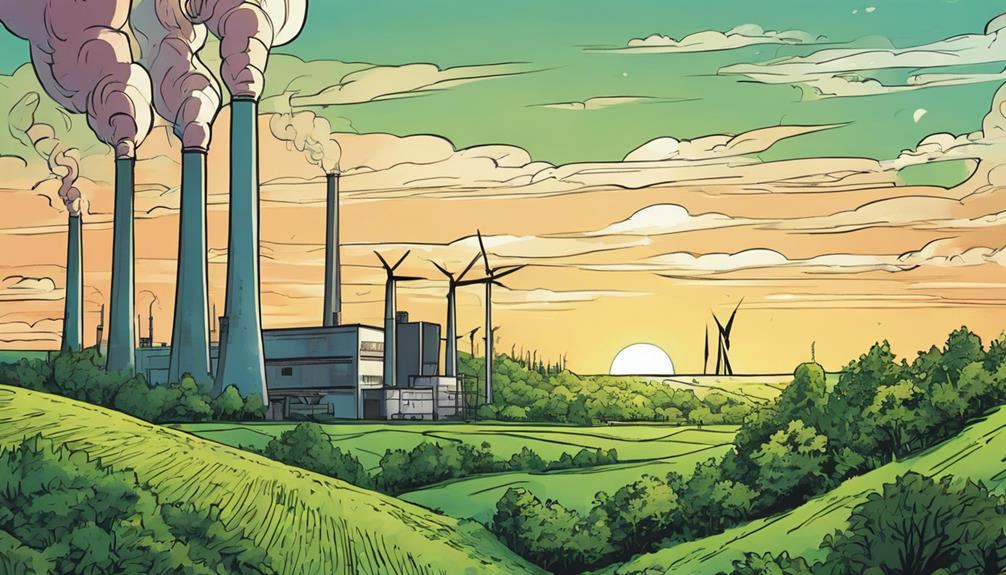
By shifting to solar and wind energy, we're cutting carbon emissions, greatly contributing to global efforts to combat climate change. This shift is essential, as carbon dioxide emissions are a significant contributor to global warming. By harnessing renewable energy, we're reducing our carbon footprint and creating a more sustainable future.
Here are some key benefits of cutting carbon emissions:
- Significant decrease in carbon dioxide emissions: A substantial reduction in greenhouse gas emissions, leading to a healthier planet.
- Contribution to global climate change efforts: Renewable energy helps meet international targets for reducing carbon emissions.
- Move towards a low-carbon economy: We're paving the way for a sustainable future, driven by clean energy.
- Positive impact on air quality and public health: Reduced emissions mean cleaner air and better health for our communities.
Energy Independence Achieved

With renewable energy, our reliance on imported fossil fuels decreases, and we gain more control over our energy future. This shift towards energy independence is a significant advantage of renewable energy.
By harnessing power from local solar and wind sources, we reduce our vulnerability to geopolitical tensions that can disrupt fossil fuel supplies. Decentralized energy production empowers communities to meet their energy needs locally, strengthening national energy sovereignty.
We're no longer held hostage by foreign oil producers, and our energy security is enhanced. As we continue to invest in renewable energy, we're building a more resilient and self-sufficient energy system that benefits our economy, environment, and national security.
Job Opportunities Abound

As we shift to a low-carbon economy, green energy industries are booming, creating diverse job opportunities that benefit both local economies and the environment. We're seeing a surge in demand for skilled labor in solar and wind energy sectors, from installation and maintenance to research and development. This growth isn't only good for the planet but also supports local economies through renewable energy projects.
Here are just a few examples of the job opportunities abounding in the renewable energy sector:
- Skilled technicians for solar panel installation and wind turbine maintenance
- Researchers and developers for new renewable energy technologies
- Project managers for large-scale renewable energy projects
- Educators and trainers for workforce development in green energy industries
Frequently Asked Questions
How Do Solar and Wind Energy Compare in Terms of Efficiency?
We're wondering how solar and wind energy stack up regarding efficiency. While solar panels typically convert around 20% of sunlight into electricity, wind turbines can harness up to 50% of wind energy.
Can Renewable Energy Sources Power Heavy Industries Effectively?
Did you know that a single wind turbine can power up to 1,400 homes? We believe renewable energy sources can power heavy industries effectively, as they're already doing so in various sectors, such as steel and cement production.
What Is the Average Lifespan of Solar Panels and Wind Turbines?
"We're curious about the lifespan of solar panels and wind turbines. On average, solar panels last around 25-30 years, while wind turbines can operate for 20-25 years, with proper maintenance extending their life."
Are Renewable Energy Systems Suitable for Urban Areas?
Can urban areas really harness the power of renewable energy? We think so Our cities can incorporate rooftop solar panels, urban wind turbines, and even community solar gardens to reduce carbon footprints and increase energy independence.
How Does Government Policy Impact the Adoption of Renewable Energy?
We believe government policy plays a vital role in driving renewable energy adoption, as incentives, tax credits, and regulations can either encourage or hinder investment, ultimately affecting the industry's growth and viability.
Conclusion
As we wrap up this journey into the world of renewable energy, we're left with a sense of excitement and hope. The benefits are undeniable, and the stats are staggering – did you know that if we harness just 1% of the world's wind energy, we could power entire human civilization?
It's time to take action and make the switch to renewables. Together, let's create a sustainable future that's powered by nature, for the benefit of all.
